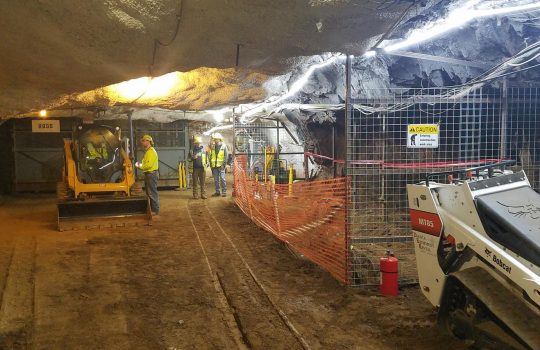Fórum discute meios de obter recursos para grandes colaborações científicas
From Agência FAPESP, April 30, 2019: O Instituto Sul-Americano para Pesquisa Fundamental (ICTP-SAIFR) sedia, nos dias 30 de abril e 1º de maio de 2019, o primeiro Fórum Estratégico Latino-Americano para Infraestrutura na Pesquisa (LASF4RI).


